Write Us
We are just a call away
[ LET’S TALK AI ]
X
Discover AI-
Powered Solutions
Get ready to explore cutting-edge AI technologies that can transform your workflow!


The COVID-19 pandemic has been a wake-up call for businesses, emphasizing the critical role of digital technology. Industries have embraced this transformation to survive and thrive in a competitive market where customer demand for convenience and innovation continues to rise.
With digital-first becoming the new regular, sectors such as education, entertainment, healthcare, food delivery, and Fintech seek partnerships with top mobile app development companies to craft solutions that boost user engagement and expand their customer base.
If you’re a business leader or entrepreneur eyeing the Fintech domain, 2025 presents numerous opportunities. Launching a Fintech app lets you position your business at the forefront of financial innovation and capture the growing market. Let’s dive into the top Fintech trends in 2025 and understand the app development process and costs.
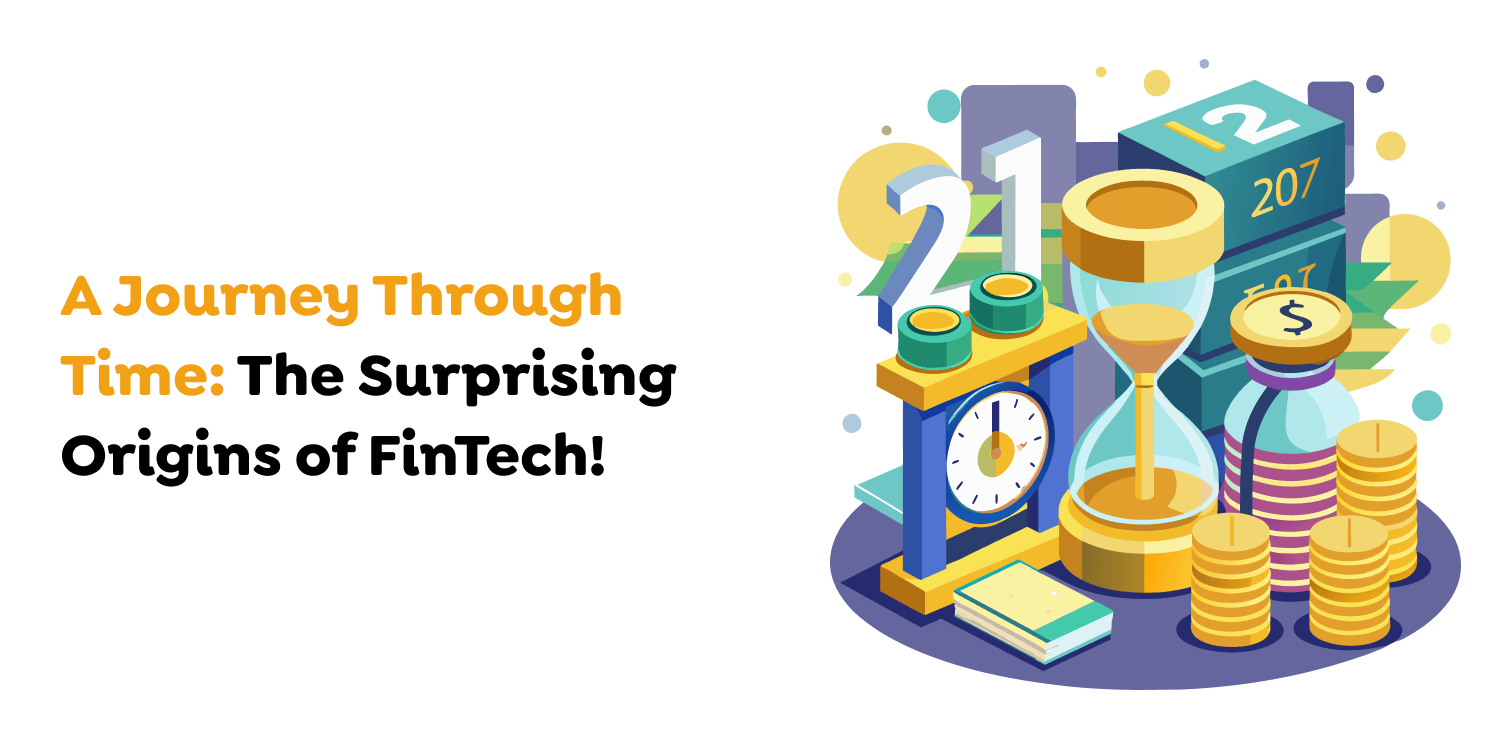
In 1918, The U.S. Federal Reserve built the Fedwire Funds Service, which is still in operation. By using Morse code that was used on public telegraph lines, the Fed made sure it was inevitable that there was a consistent exchange rate for the U.S. dollar worth the same in Pittsburgh as it was in Poughkeepsie, Seattle, and San Antonio. That interbank transfers could be made without lengthy and risky transfers of gold or cash.
The year 1995 was the first time Wells Fargo — Yes, the same firm that operated Pony Express in 1861 Pony Express in 1861 -created the first online check account accessible.
On May 22nd, 2010, a day that will always be known for its significance as Bitcoin Pizza Day, Laszlo Hanyecz was the first to use cryptocurrency to purchase the physical item Papa John’s Pizza. Hanyecz paid 10,000 bitcoins for the pizza, worth about $350 million at the time of writing. (I hope it was delicious.)
When we think of Fintech in the present, We think of the latest technology that can manage to send, invest in stores, and increase the value of our cash.
Also Read – What’s the Investment Required to Develop a Fintech App Like Myfawry?
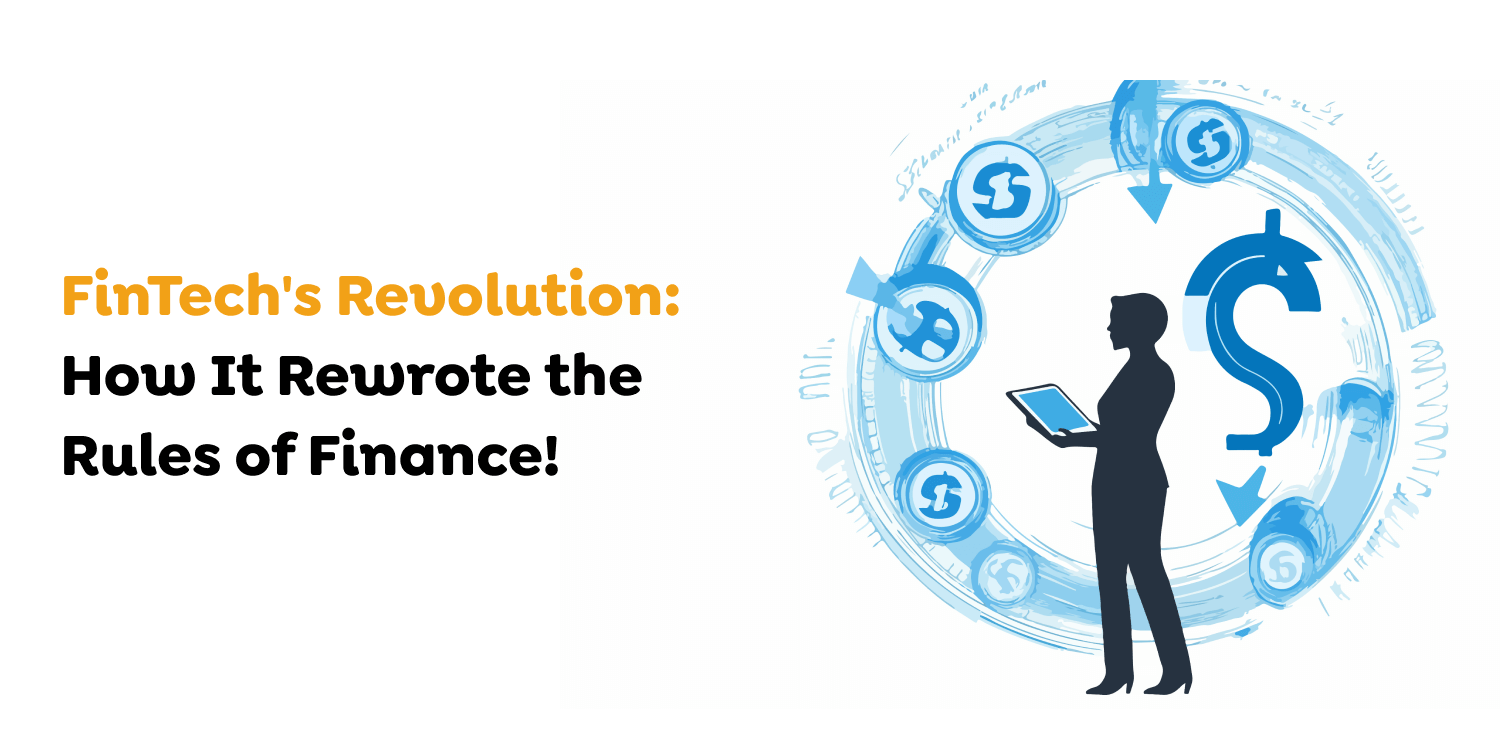
Fintech trends in India have revolutionized customer service, but traditional banks offer essential customer solutions. The new age of finance startups utilizes unconventional channels such as social media to offer customer service 24 hours a day. They also use chatbots to provide continuous contact with their customers.
The population is adapting to the digital transformation of the banking and finance industry—shifts dramatically. The rate of adaptation increased significantly after the COVID-19 impact, in which physical proximity is no longer as important. After a slowing 2020 investor demand, the market is eager to invest in fintech.
After looking at these statistics, you can confidently choose to create financial software. To assist the reader, in this article, we’ve covered the most critical concerns that one could confront while on the road to establishing a successful fintech startup.
Also Read – Transform Financial Services With Leading CRM Solutions for Growth!
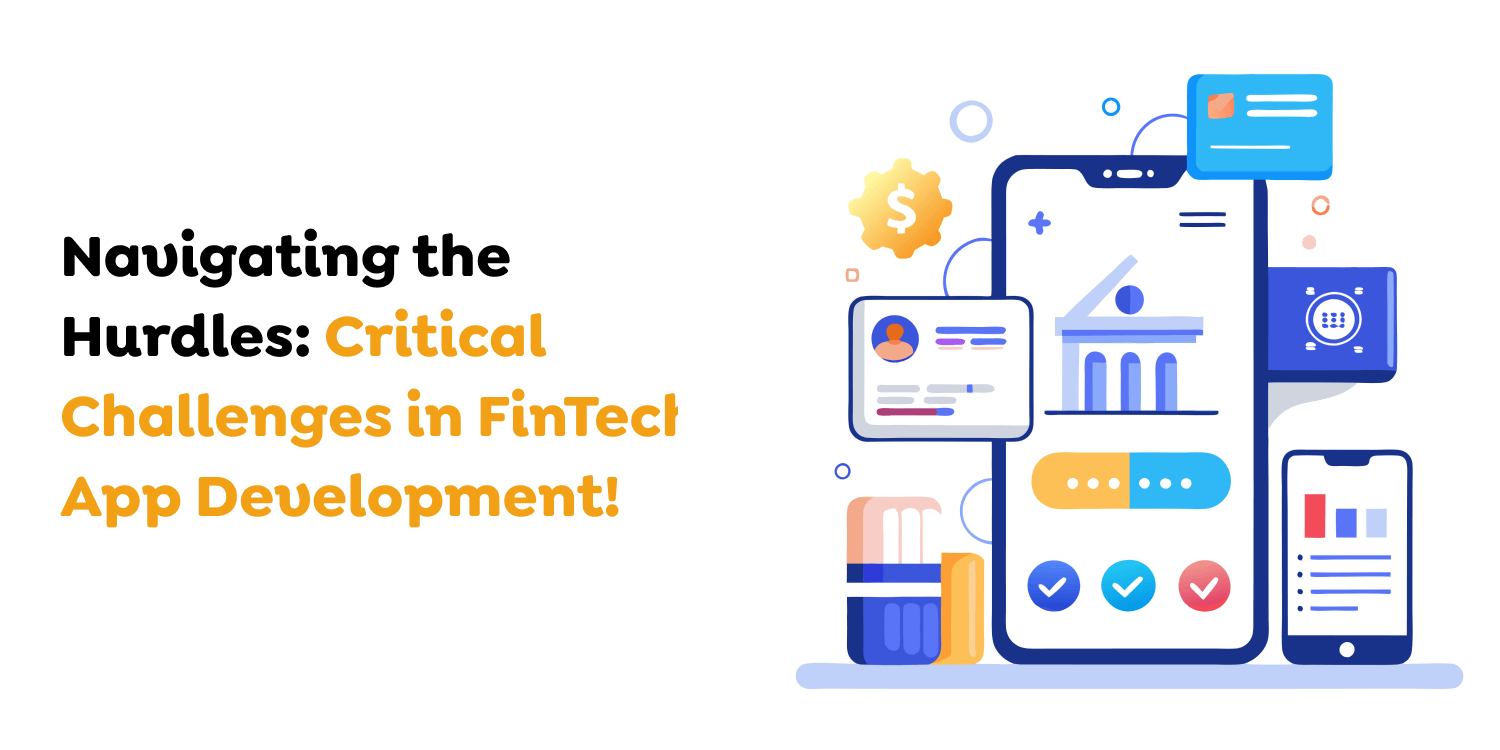
Launching a Fintech app will present two challenges: Strategic and technical.
Strategic challenges include:
These issues are related to the organizational structure rather than the mobile application itself.
Technical challenges relate to the engineering and modern technology of this mobile app and are directly related to its concept, development, and promotion.
We will discuss the combination of both problems, giving you an overview of the field. We have also tried to provide evidence-based solutions to each situation.
Recognizing gaps in the market and conceiving solutions that can be accomplished through an app.
The main issue is conceiving an idea that can work on paper and in the real world. Fintech is a wide-ranging field, and many different areas can be selected according to their feasibility and potential for innovation.
Choosing a modern technology that could provide the highest usability for mobile devices while ensuring that development factors are aligned.
The tech stack is the architecture upon which the application is constructed. This is the front end, the database server, and the operating System. The most influential tech stack gives the highest technological benefits for implementing the App and takes minor work to develop the application.
Categorizing and documenting what features the App is expected to offer, along with timelines for rollout.
An app for mobile devices can be designed to tackle 100 issues at once, with minimal impact, or solve one problem at a time with significant impact. Knowing which issues you want to tackle will determine your App’s complexity. The App’s complexity must be balanced against the resources available to develop the application.
Identify the components that make up your user experience of the app to ensure the most optimal usability standards.
User Experience (UX) describes the user’s experience, interaction, and interface design. It is how the App will appear and feel. UX can be designed in many ways, and choosing the most appropriate one can be difficult. It usually grows with time, but the framework and standard need to be established first.
Identifying the most secure practices for data security and security to implement within the Fintech app development to ensure smooth operation.
Fintech Apps require extra caution and strict security standards since the information is vital. Therefore, the System handling the data needs to be secure enough to ensure that the user’s data is safe and available throughout the day. In addition, it should comply with the privacy guidelines published in the region where the App operates.
Ensure that your App technology and business strategy meet the requirements of government agencies.
Most government agencies already have data security and fintech laws protecting consumer interests. As a Fintech solution and a Fintech solution, these laws will apply to all aspects of the project, from technology to the business model. Therefore, implementing these guidelines and including compliance requirements in your application are inevitable project elements.
There are severe sanctions if mistakes or inconsistencies are discovered within the App or the business surrounding it.
Designing strategies to use AI and Big Data ideally for business advantages while overcoming technical obstacles.
70% of the major financial institutions worldwide anticipate that AI will be a permanent element of Fintech between 2020 and 2023.
A robust AI system is essential to gaining cutting-edge insights into business benefits. This demonstrates the ease of using AI and Big Data in your Fintech App. It is easy to implement, and such solutions often result in many technical issues.
The fintech sector has grown significantly in recent years and is expected to continue growing. This blog will focus on recent b2b Fintech trends and describe how they might redefine the banking sector in the next decade.
Also Read – Mobile Banking Trends in the UK : The Rise of Fintech
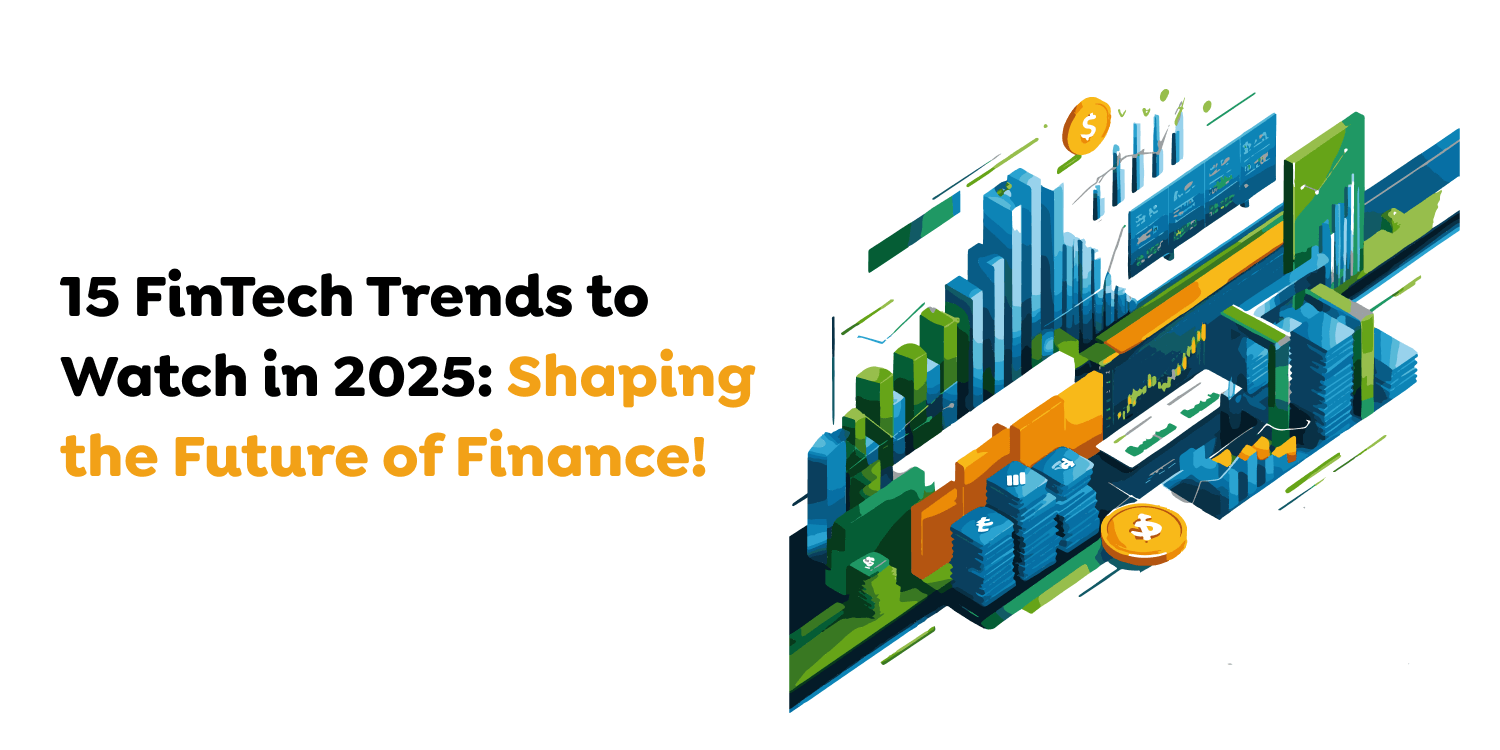
Using machine learning and artificial intelligence in Fintech is revolutionizing how industries work by making it easier to work through automation, fighting fraud, and improving the client experience. AI can enhance the capability of the system to examine extensive data to articulate probable security vulnerabilities and adjust banking services based on the user. For instance, AI helps the Royal Bank of Canada to process millions of data per second to enhance the speed of app deployment and, consequently, the utilization of applications by users. According to AI market predictions, it is anticipated that by 2025, there will be tremendous growth in the Fintech sector, with the market size rising to more than $26 billion.
The strength of digital-only banks is the disintermediation of the physical branches and documentation. These banks provide detailed and real-time information about their customers’ spending, easy expense categorization, and accessibility, which are features that customers in the current society prefer. Essential functions such as opening and completing an account almost instantly, balance tracking, and bill payment have become convenient for digital-only banks. A study suggests that through 2025, 216.8 million digital banking users will be in the United States, which indicates the growing trend in cashless and branchless banking.
Also Read – Introducing Open Banking APIs: The Digital Backbone of Financial Innovation
Robotized finance supplants traditional ways of managing personal finance through artificial intelligent structure in finance. Clients just enter their goals, and then digital helpers create all the plans involving saving investments and expenses. Applications like Digit and Yolt are great examples of this shift since they offer users financial guidance and/or products. Autonomous finance is then tagged to the extent that 40% of personal finance decision-making will be done without human intervention by 2025.
Architecting microservices is gradually becoming a strategic model for Fintech app development since competitors enjoy increased scalability, security, and low operating costs. Microservices let developers decompose their applications into easily manageable components rather than a single extensive monolith application – a fact that proves advantageous when constantly evolving to fit changing market requirements. This market is, in turn, projected to expand by 2025, owing to the emergence of more innovative and adaptable Fintech solutions.
Also Read – Guide to Microservices Architecture in Layman’s Language: Everything You Must Know!
Embedded finance is the process by which financial service providers offer their services as an integral part of various industries’ essential services. For example, an app like Shopify integrates with another third-party company, such as Stripe, to provide payment services within the Shopify app. This trend is quickly emerging, with the embedded finance market ballooning to 138 billion by 2025. The benefits for businesses becoming involved in this process are as follows: due to this model, customers receive more efficient financial services distinguished by high quality.
Also Read – How Much Does It Cost to Build a Payment App Like Zain Cash?
Blockchain and DeFi technologies are making traditional financial frameworks even more liberal and effective with improved transparency, faster transaction time, and low fees. The buyer and seller can transact directly through De-Fi applications, making the services available to the general public. The market in Fintech based on blockchain is expected to go up to $70 billion by 2025 as more people and companies adopt this technology.
Also Read – A Guide to Developing a DeFi Staking Platform : Unleashing Earning Potential
RegTech coordinates complicated regulatory structures, as AI and big data allow for the accomplishment of compliance procedures. In the past few years, the need for RegTech solutions has continued to rise because compliance with ever-tightening regulation laws is crucial for FinTech companies. According to projections, the market for RegTech will be $16 billion by 2025, and it will support companies’ compliance while minimizing their obligations.
Also Read – Elevating Customer Experience & Operations With the Digital Twin in Retail
As the importance of the global climate problem has gained attention, green Fintech solutions have emerged. Corporations are integrating the ESG goals by providing green loans for purchase, investment in sustainable products and services, and the ability to monitor carbon footprints. Existing financial services platforms such as Aspiration have already set the precedence for combining sustainability. According to studies conducted on sustainable investing, more than 60% of the global asset management market will be based on environmentally friendly investment products by 2025.
Also Read – Drilling into the Future With Artificial Intelligence in Oil and Gas Industry
Elements such as fingerprint and facial recognition improve payment protection and customer experience. When cyber threats have become more complex, biometric solutions are the best authenticators. Over 77% of global payment platforms by 2025 are expected to integrate biometric authentication to boost secure and fast payment methods.
Also Read – AI Apps: Powering the Future of On-Demand Work
Through innovation, fintech extends the necessary credit, savings, and insurance services to the underbanked and unbanked. Companies such as Tala provide micro-loans to budding populations, giving them an economic edge. The world’s unbanked adults are expected to be targeted by financial inclusion initiatives and reach 1.7 billion by 2025, benefiting the global economy.
Some reports show that machine learning performs exceptionally well in preventing real-time fraud. These solutions examine possible economic transactions and identify irregularities to protect businesses and consumers from losing money. In the global fraud detection and prevention market, it is expected that by 2025, it will grow to $41.8 billion, showing AI’s relevance in the fight against emerging financial crimes.
Also Read – Why Fintech Payment Apps are the Future of Secure Transactions
Tokenization involves substitution, where the original payment information is substituted with a token to enhance the security of the transactions, and the risk of the data being hijacked is minimized. Tokenization is crucial in Fintech solutions as digital payments expand in acceptance. It is predicted that tokenized transactions will rise forty-five percent annually by 2025, changing the payment security system.
Also Read – The Ultimate Guide to BNPL App Development in the Evolving FinTech Sector
Global remittances are, therefore, evolving with the emergence of distributed ledger technology coupled with Artificial intelligence to provide faster, cheaper, and more secure solutions. These benefits to businesses and consumers have eased international trade. Interconnected through cross-border payment, global consumers’ preferred products and services will reach $250 trillion in transaction volume by 2025, facilitating international commerce and economic globalization.
Mobile payment methods, including contactless payments, mobile wallets, payments through applications, and voice commands, are already part and parcel of our daily lives. The COVID-19 pandemic has popularized these solutions, which are still gaining popularity. Mobile payment transactions are expected to exceed more than 14 trillion by 2025, proving that mobile payment systems are more appropriate than traditional ones.
Also Read – Creating an App Like Tamara For User-Friendly Split-Payment Solution
The partnership between a top fintech app development company and technology companies and giants continues to drive innovation and growth. Traditional firms such as Visa and Goldman Sachs invest in Fintech firms as a strategy of diversification to offer diverse digital solutions to customers. Such occurrences are expected to increase by 2025, in which Fintechs will duplicate the significant resources and infrastructure of the more prominent firms while at the same time maintaining high levels of flexibility.
These transformative biggest trends in Fintech industry suggest that by 2025, the industry will be set for a new age of growth. This is because fintech companies effectively take the opportunities that transform the future of finance and build on them, thereby achieving success.
Also Read – How Much Will Mobile App Development Cost in 2025?
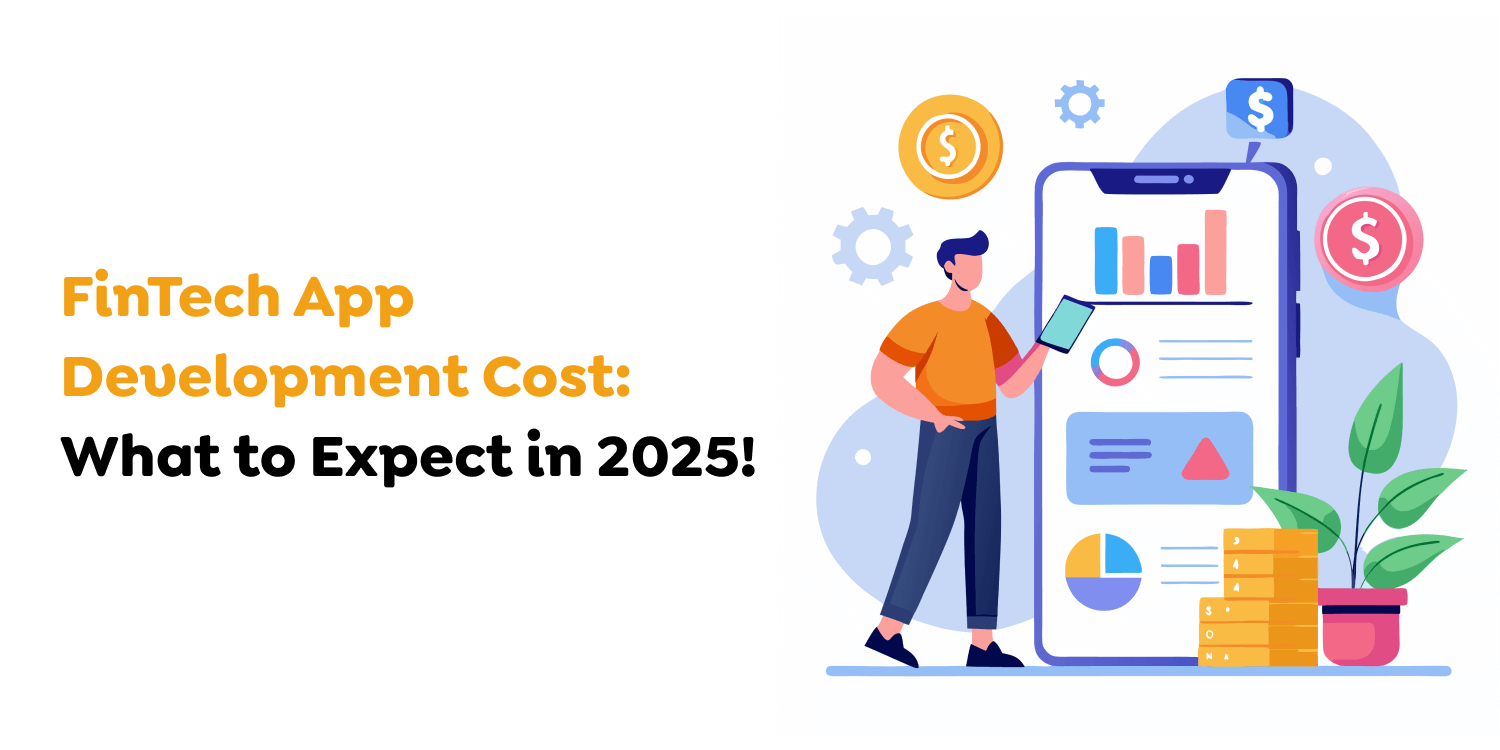
What is the cost to build a FinTech app? First, let us review the cost of developing a mobile app based on the application size.
A single-platform application with basic capabilities and an intuitive layout costs between $30,000 and $50,000.
A more complicated system with more features and the latest technology could cost you $50 to $85,000.
A complicated Fintech app development of a greater dimension will cost around $ 80,000.
Be aware that the following aspects affect the final cost of designing a Fintech application:
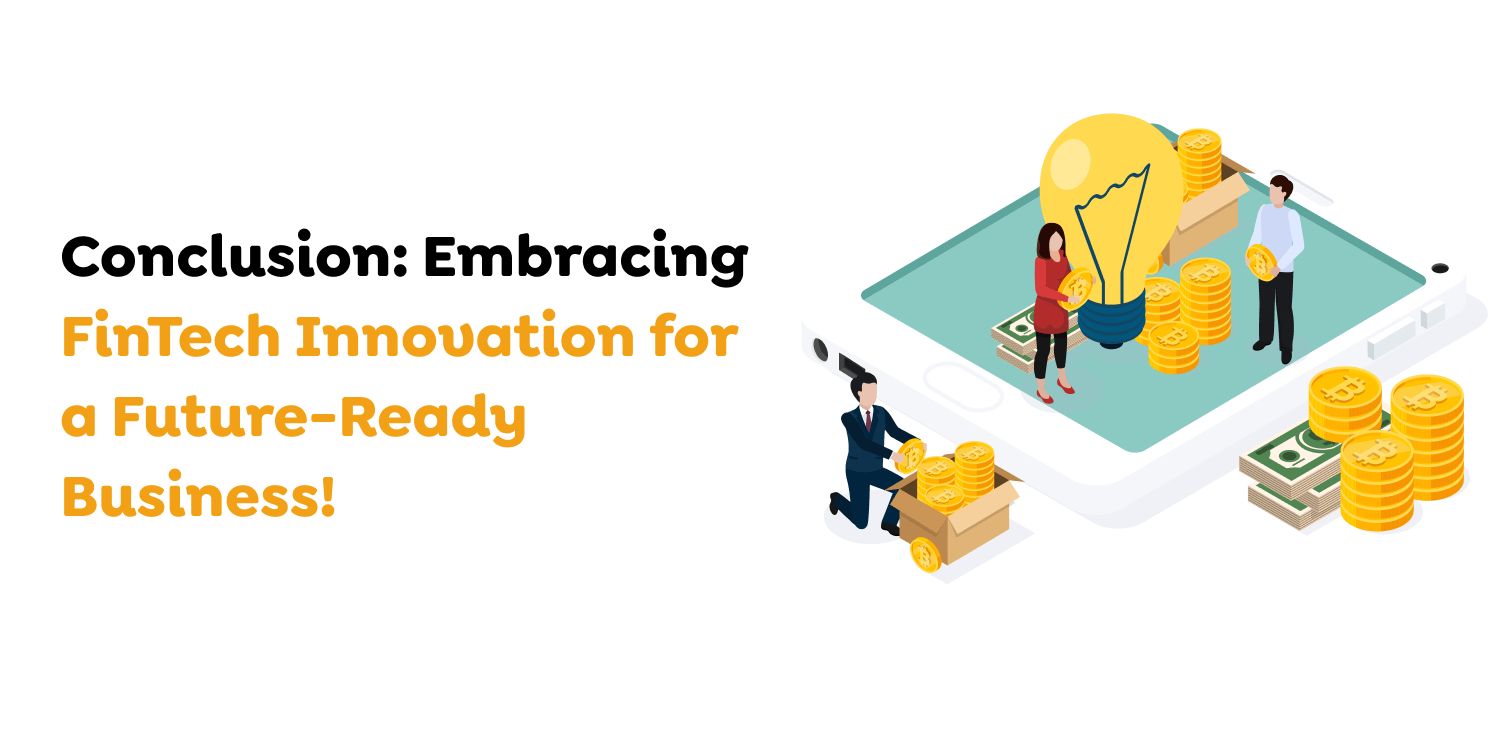
Industries in the financial technology environment in 2025 prove that scaling up and digitalizing the existing digital architecture is more than just a futuristic notion or an elite statement – it is a bare necessity if businesses succeed amidst cutthroat competition. There is ineffable growth of technological disruptions offered by advanced technologies such as Artificial Intelligence, Blockchain, and Embedded Finance. It has also led to unprecedented opportunities for development and excellent growth, especially in developing apps in the FinTech niche.
A mobile app development company developing mobile applications or other comprehensive FinTech solutions in today’s world needs a new approach that focuses on the customer experience, easy use, reliable security, and scalability. We’re in the business of making an application and, at the same time, providing an experience that gets people all jazzed up about using it, creating a sense of relevancy and preference towards the use of technological innovation in the financial sector. This is because traditional banking is gradually changing to cashless, branchless banking, exposing businesses that do not embrace these changes.
If you have enjoyed this article and believe it will be helpful to other readers, please share it with your social circles, peers, and any other interested parties in the fast-evolving FinTech space. Also, if you want groundbreaking and more accurate solutions, let Techugo, the best on-demand app developer and the best on-demand app development company, be your partner. This knowledge makes them the best in developing FinTech apps, bringing your vision to life, and enabling you to realize your business objectives.
I thank the readers for sparing their time to read this article. Welcome to your path to brighter future trends in fintech—if you are ready to join us in creating something great!
Get in touch with us today to explore how we can bring your ideas to life. Our team is here to help you every step of the way!
Write Us
sales@techugo.comOr fill this form